US stocks, treasury yields, and Dollar closed lower following FOMC rate decision and post-meeting press conference. Although Fed opened the door for a possible pause in June, no confirmation was provided, and a rate cut by year-end was ruled out.
Despite softening its hawkish tone, Fed Chair Jerome Powell did not explicitly confirm a pause following yesterday’s 25bps rate hike. Powell noted that “we’re closer, or maybe even there” regarding the terminal rate of the current tightening cycle. From June onward, policy decisions will be made on a “meeting-by-meeting” basis, with Fed “prepared to do more” if necessary.
Powell also dismissed the possibility of a rate cut this year. He said, “We on the committee have a view that inflation is going to come down not so quickly, it will take some time,” and “in that world, if that forecast is broadly right, it would not be appropriate to cut rates” this year.
Regarding the economy, Powell expressed optimism, stating, “the case of avoiding a recession is in my view more likely than that of having a recession.”
Additional readings on FOMC:
DOW is holding above 32233.85 near term support after the pull back this week. It’s probably also trying to draw support from 55 D EMA (now at 33359.36). Another rally is still in favor through 34712.28 resistance to 61.8% projection of 68220.94 to 34712.28 from 31429.82 at 35169.54. However, firm break of 332.33.85 will argue that the pattern from 34712.28 has started another falling leg back towards 31429.82 support. Now that there is no breakthrough after FOMC, the markets will look into tomorrow’s non-farm payroll for inspirations.
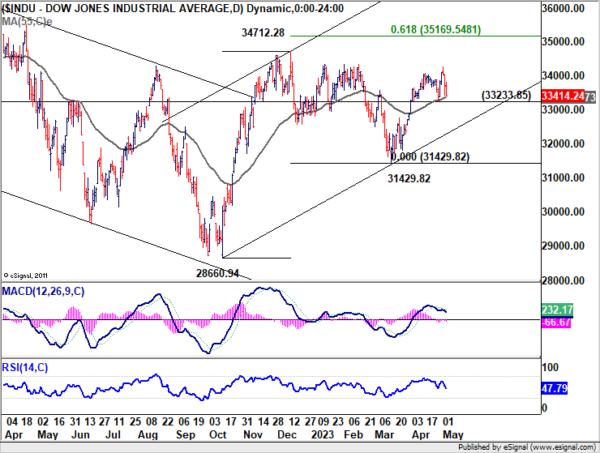




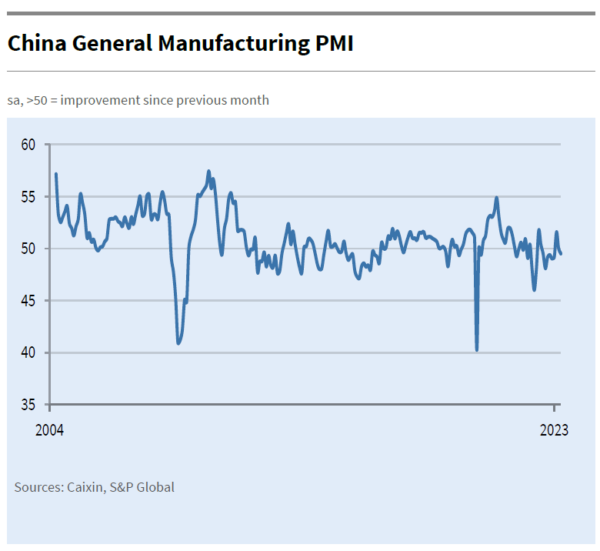


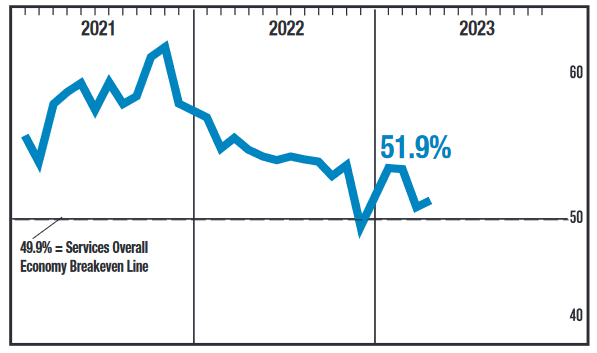
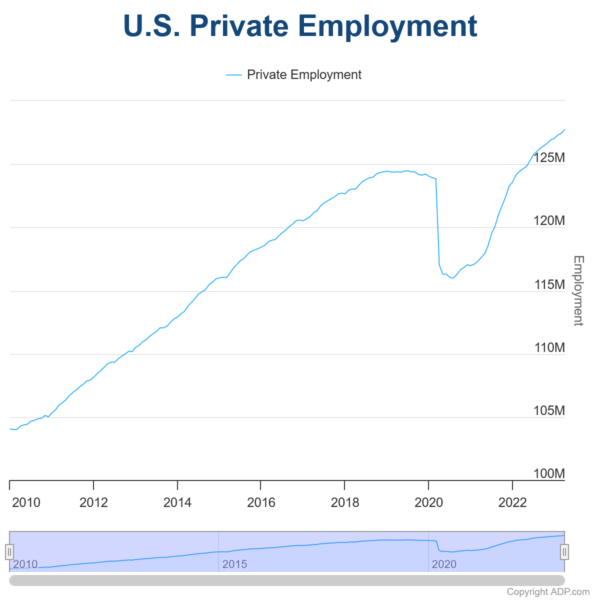
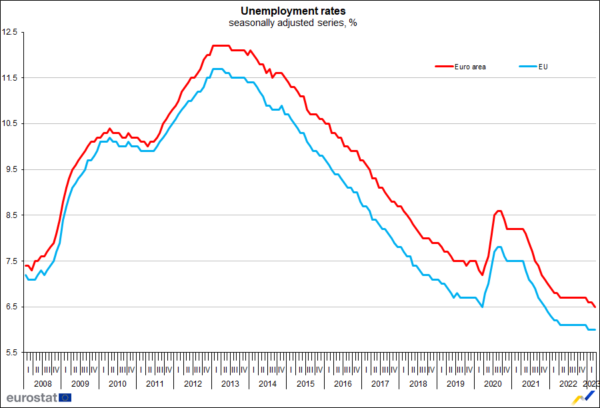
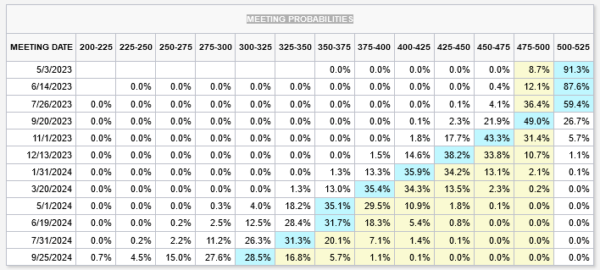
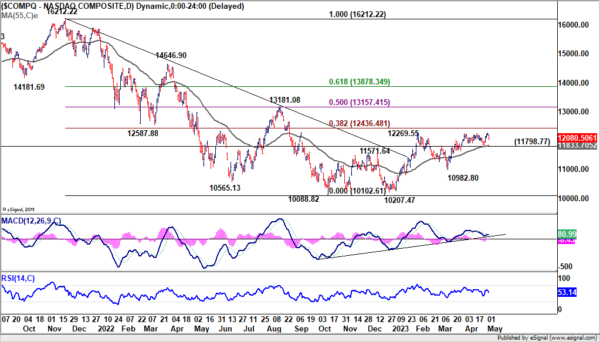
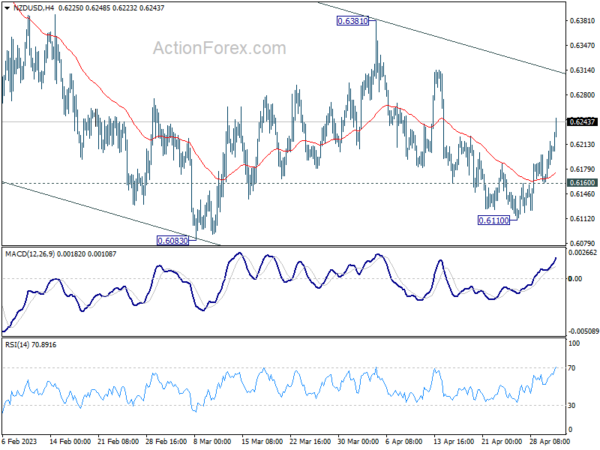
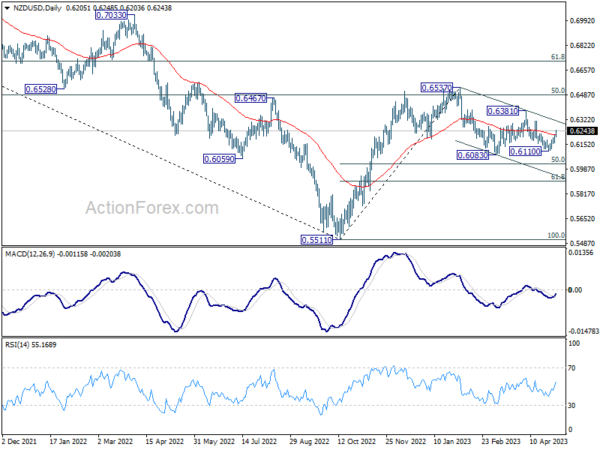
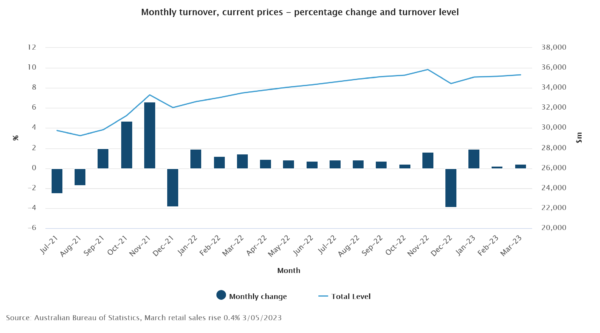
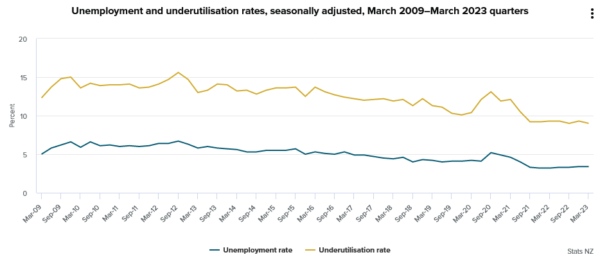
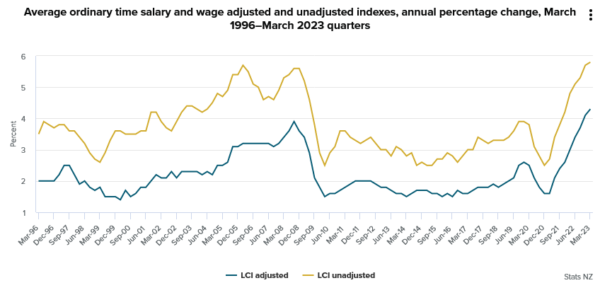
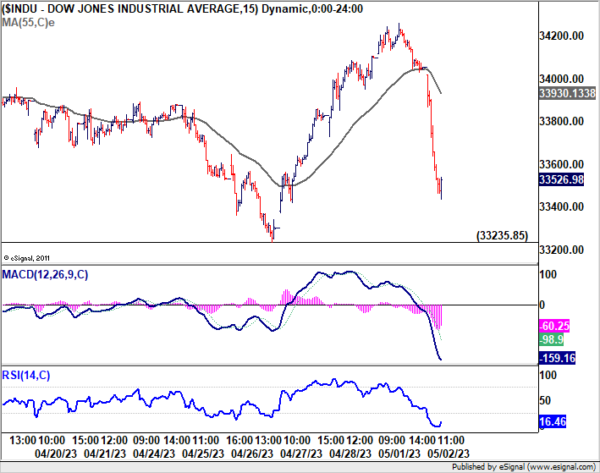
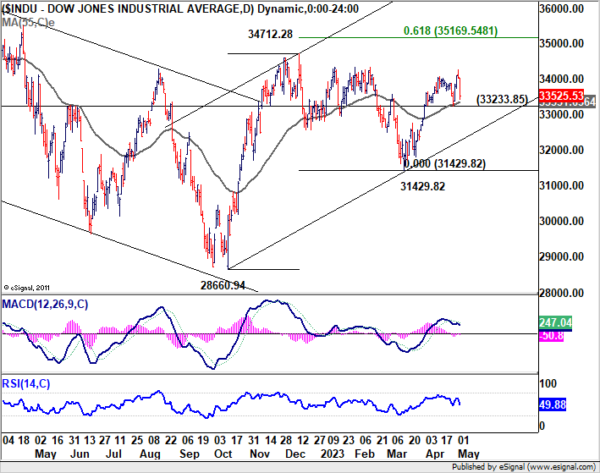
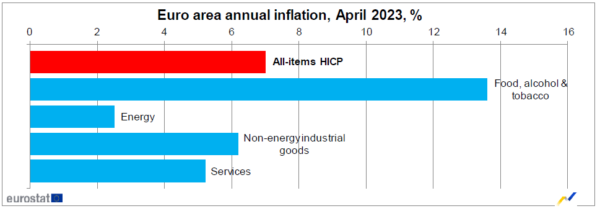
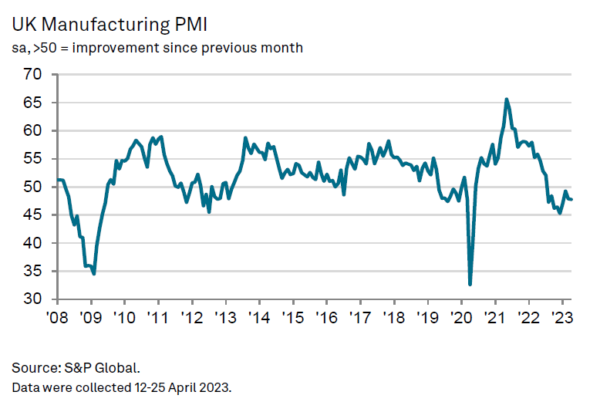

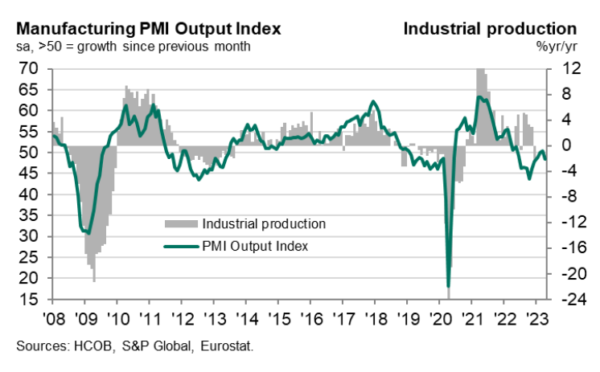
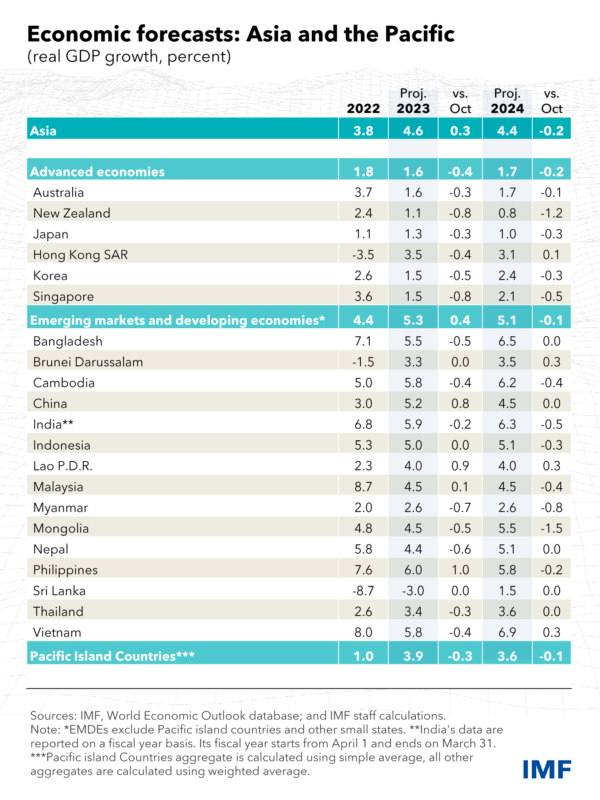

IMF Srinivasan highlights uncertainty in Japan’s monetary policy and potential impacts
Krishna Srinivasan, director of IMF’s Asia and Pacific Department, has expressed concerns over uncertainty in Japan’s monetary policy direction amid rising inflation.
He stated in a press briefing, “Japanese government bond yields have increased notably since October. Changes in Japan’s monetary policy that lead to further increases in government bond yields could have global spillovers through Japanese investors, who have large investment positions in debt instruments abroad.”
Srinivasan also warned that portfolio rebalancing by these investors could potentially trigger a rise in global yields, “causing portfolio outflows for some countries”.
Regarding China, he noted that over the medium term, a slowdown in productivity and investment is expected, which would lower growth below 4 percent by 2028. This could have profound adverse implications for the rest of the region, given their strong trade linkages with China.
Srinivasan also highlighted the risk of the global economy fragmenting into trading blocs, saying, “If this happens, the larger exposures will be to Asian economies that currently export significantly to the US and Europe, and those that are currently part of global value chains that see them export intermediate goods to China for use in Chinese exports.”
Full remarks of IMF Srinivasan here.